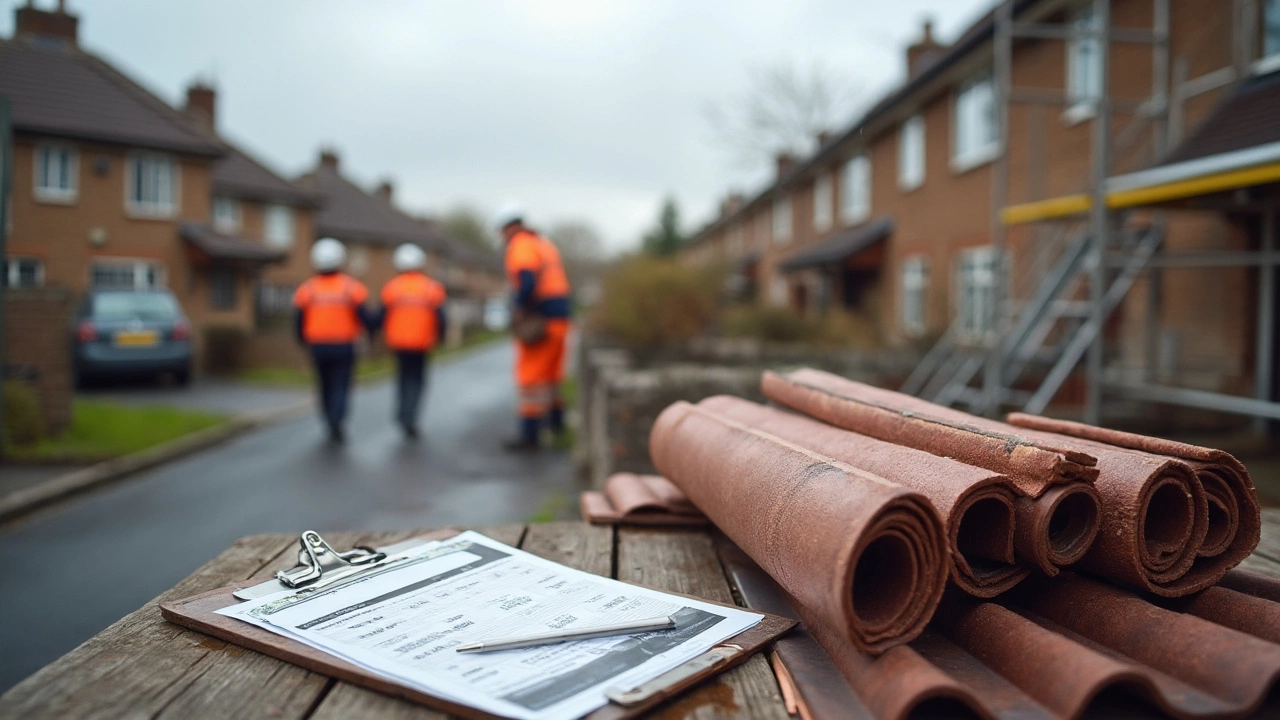Ever wondered why roof work costs so much? This article breaks down exactly where your money goes when you need a roof repair or replacement. We talk about materials, labor, insurance, and real risks roofers face every day. You'll also get simple tips on how to keep costs down and spot a fair deal. If a new roof is on your horizon, this guide helps you plan and stay informed.
Roof Replacement – What You Need to Know Before You Start
Thinking about a new roof? It’s a big job, but it doesn’t have to be a headache. In this guide we’ll walk you through the key signs that your roof needs replacing, break down the typical costs, and share simple tips to keep the project on track. By the end you’ll feel ready to make a smart decision without getting lost in jargon.
Signs It’s Time for a New Roof
First off, look at the roof’s surface. If you see large, curling shingles, missing pieces, or granules in your gutters, that’s a red flag. Water stains on ceilings or walls also point to leaks that a simple repair won’t fix. Age matters too – most roofs last 20‑30 years, so if yours is older, start budgeting now. Finally, check the attic after a storm; any daylight through the roof means you’re dealing with a serious breach.
Typical Costs and Budget Tips
How much does a new roof cost? In the UK, a standard slate roof runs about £70‑£100 per square metre, while composite tiles sit around £45‑£70. Metal roofs can be pricier, up to £120 per metre, but they last longer. Labor usually adds 30‑40% to the total, so factor that in. To keep costs down, get at least three quotes, ask about bulk discounts on materials, and consider off‑season work when contractors may offer lower rates.
Choosing the right material is as much about budget as it is about style. Slate offers classic looks and durability but is heavy, requiring a strong roof deck. Composite tiles mimic slate for less weight and cost. Metal roofs resist wind and fire, making them ideal for coastal areas. Think about your home’s climate and the roof’s pitch when picking a product.
Most homeowners wonder whether they can DIY. The short answer: leave the structural work to pros. Improper installation leads to leaks, warranty issues, and safety hazards. However, you can still save money by handling demolition, debris removal, and cleanup yourself. Just make sure you have the right safety gear and clear a path for the crew.
Before the first nail goes in, check your insurance. Some policies require a certain type of material or a minimum warranty period. Getting this right avoids claim problems later. Also, ask the contractor for a written guarantee that covers both workmanship and material defects.
Finally, plan for the long term. A well‑installed roof can last decades, so invest in quality and proper ventilation. Regular inspections after installation—especially after severe weather—will catch small issues before they become costly repairs.
